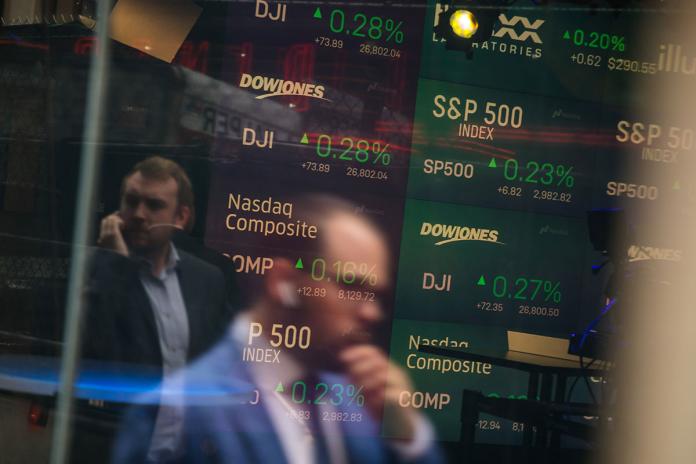Amazon’s stock is three times quicker in progression. The primary component of this was announced in June 1998. To begin with, Amazon revealed two deals for each share owned. That means that your potential one-off investment of $100 inside the IPO will have gone from five to ten shares. The next two sections of the Amazon stock were formed in December 1999 and then in September of the same year.
The secondary was a three-for-one part of the two. It would be unfair if, on the off chance it you hold on to all your deals, you already had 30 shares NASDAQ:AMZN 10 of the first portion reproduced three times. The other was a further two-for-one part, which would have stretched your ownership to 60 Amazon shares. As popular above and not to rub more salt on your wounds, the 60 deals will be worth $129,186 at the close of the trading day on Feb. 20, 2020. Bear in mind, that’s more than 129,000 percent of the $100 start-up.
Outstanding Trade Value:
On the other hand, the NASDAQ:AMZN 3:1 component means that the cost of stock is lowered to one-third of the first calculation. Whereas the cost of a share is at first diminished by a part, the value or the capitalization of a showcase does not change much. What changes, notwithstanding the fact that, is that the speculator who used to own one share actually has two or three, depending on the part factor.
Companies could, for a variety of reasons, report a portion. The key explanation, considering the truth, is that it needs to retain the stock attractively estimated for financial specialists. When a company’s stock gets to massive levels like Amazon’s stock, it’s getting harder for speculators to bear, particularly modern ones. The other explanation is that the stock is now more fluid and therefore the amount of exceptional deals is rising.
Significant Of The Stock Investor:
Despite the vital NASDAQ:AMZN drop on Thursday, Walk 12, deals from Amazon.com, Inc. (AMZN) traded $1,771.99 around their annual switch for 2020. The stock set its all-time intraday value of $2,185.96 on Feb. 11 and then dropped to the bear spotlight area at its Walk 12 moo of $1,675.00, which is fair over its 52-week moo of $1,672.00 set on June 3, 2019. This is also a crucial level to keep, since the week after week chart is pessimistic. Over the past 52 weeks, the stock has been traded near its 200-day normal move, with the share cost already below that amount at $1,850.46. In this way, the stock is in the exchange rate of $1,675.00 and the usual shift at $1,850.46. You can check releases at https://www.webull.com/releases/nasdaq-amzn before investing.
Disclaimer: The analysis information is for reference only and does not constitute an investment recommendation.




